A Day with Vermejo’s Last True Cowboy
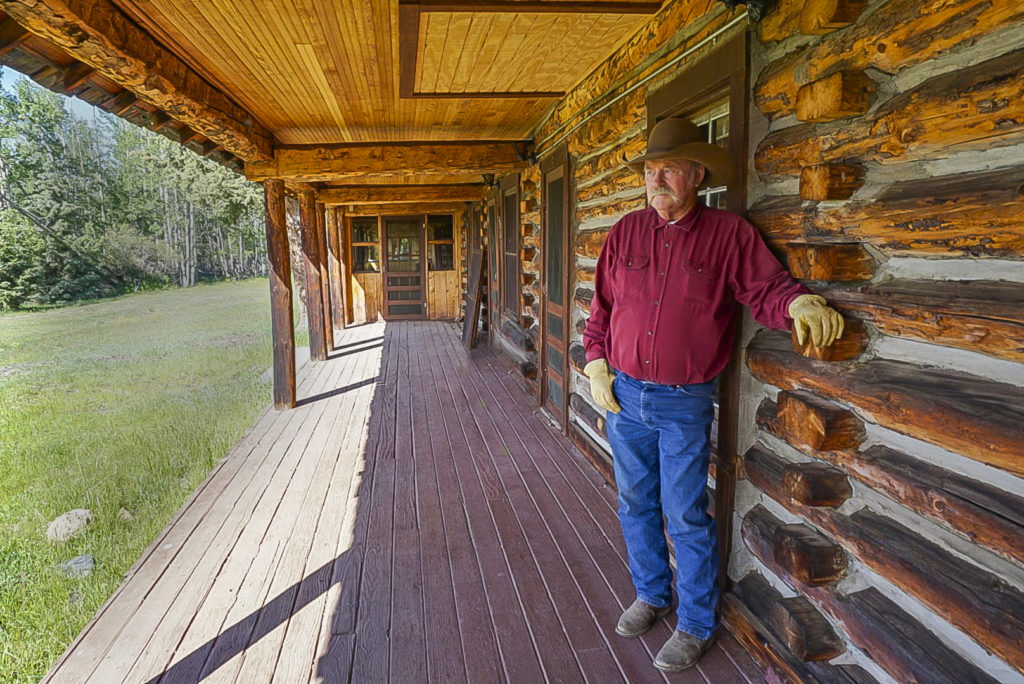
By Guest Blogger, Nina Boys
Doug’s piercing blue eyes light up when I ask if he is, in fact, Vermejo’s last true cowboy. He scans the wide-open plains and snow-capped slopes with a pensive smile, and I follow suit, taking a panoramic sweep of the surrounding landscape from our mountain perch at 10,000 feet. This is Doug’s home, on the range. Having worn many hats since arriving at Vermejo Ranch Park in 1974, today he is both its longest-standing employee and an important link to the land’s cultural history, which stretches back to 400 A.D. when Native Americans first settled here. Even though there are no cattle left on Vermejo to herd, Doug Johnson is one of the last of its remaining cowboys and today he is going to take me on a ride through his neighborhood of mountains, forests, and streams inhabited by bison, bear, elk, Big Horn Sheep, and other native wildlife.
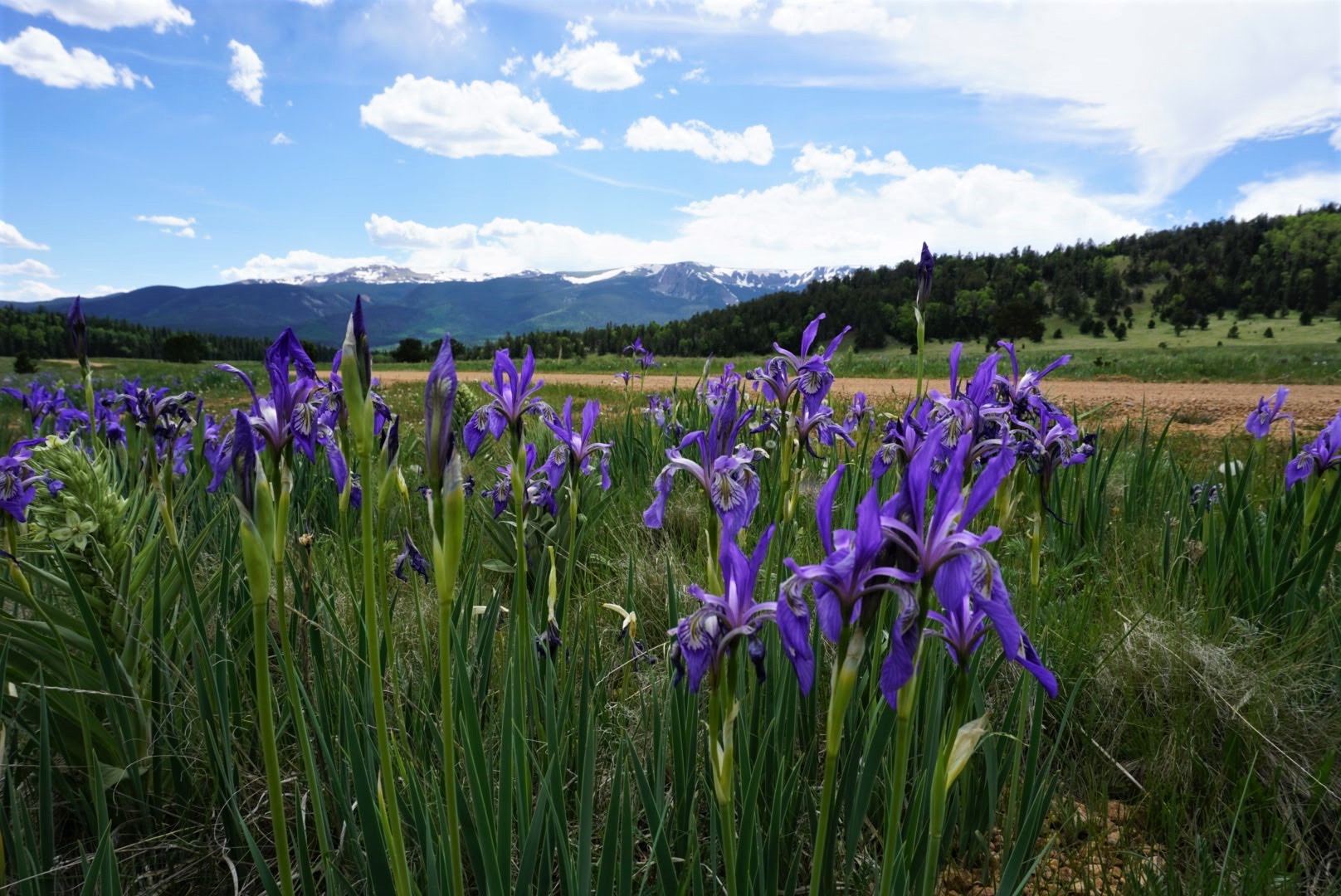 Costilla Valley, photo by Nina Boys
Costilla Valley, photo by Nina Boys
As we traverse Vermejo’s rugged terrain from the shortgrass prairies to alpine tundras, like any cowboy, Johnson is filled with local tales, myths, and legends. He references his favorite Western novelist Louis L’Amour, who he believes was inspired by these same landscapes, while also recounting his own ranch stories – breaking wild horses and corralling cattle by day and cooking over open fires beneath the stars at night. He points out various sites that he has called home over the years as we drive to Vermejo’s original Costilla Lodge, nestled beneath the imposing Sangre de Cristo mountains.
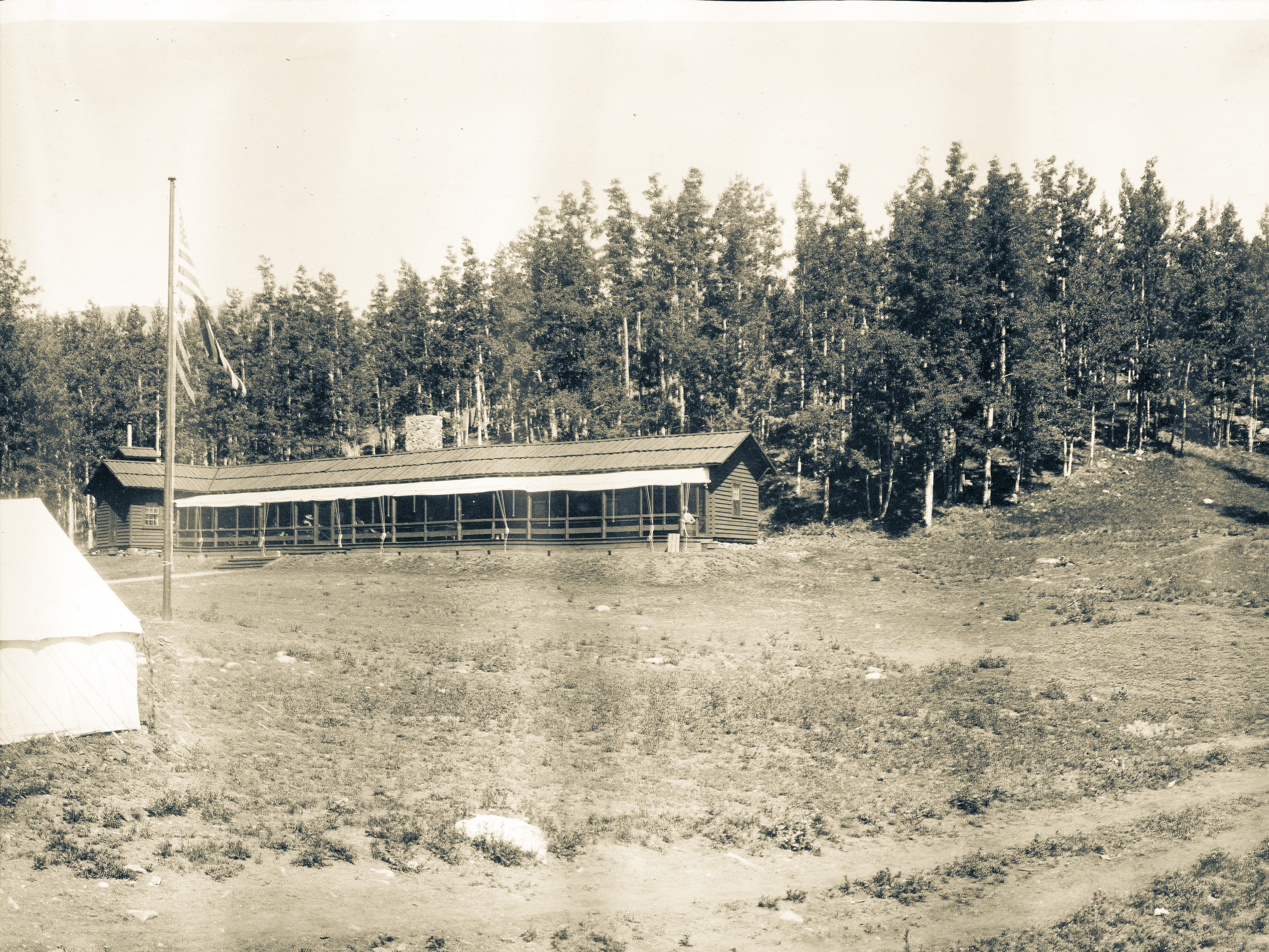 Old Costilla Lodge
Old Costilla Lodge
Not far away from the newer sustainably-designed Costilla Lodge, built as an eco-haven for Vermejo’s guests in 2010, the Old Costilla Lodge served as a wilderness retreat for more than 100 years, as evidenced by the wooden porch planks that creak underfoot and the dusty interiors we encounter. Opened by Vermejo’s first owner William H. Bartlett, it even predates the founding of New Mexico.
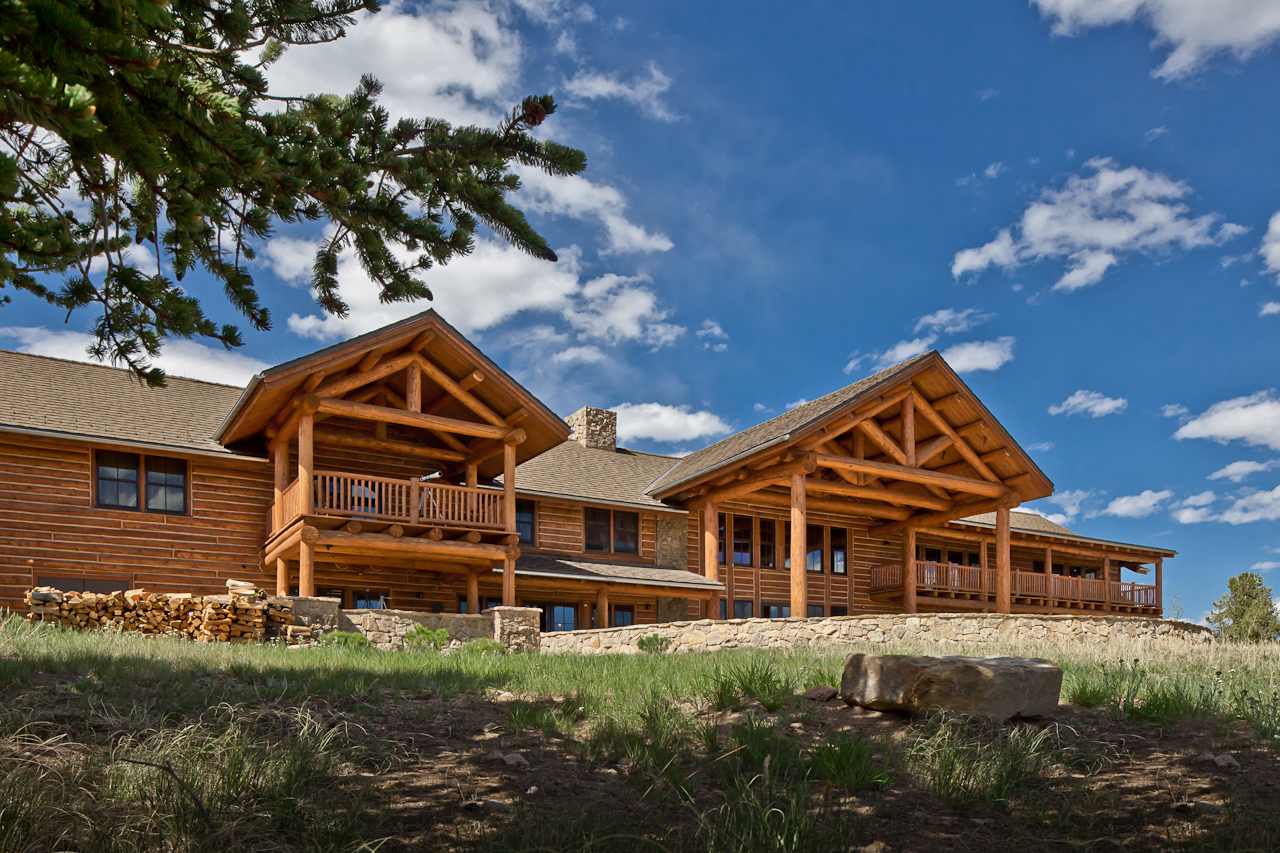 Costilla Lodge
Costilla Lodge
Further on our day’s journey, we approach an abandoned historic coal mine and I can almost picture the old mule-drawn carts riding past us long before it was purchased by Ted Turner in 1996 as part of his ongoing efforts to protect and rewild large swaths of North America. Rounding a bend, Castle Rock comes into view – a stone plateau jutting out of a verdant valley as if it were a scene from a John Wayne film set. The geological formation is popular with today’s adventure-seeking guests who enjoy hiking up the jagged rocks to an overlook that is, I might add, perfect for uncorking a bottle of Champagne at sunset. But Doug has his own memories here and drinking Champagne is not among them. He joyfully recounts his early days spent attending rowdy dances in the nearby barn and lassoing with rodeo performer and cowboy film star ‘Slim Pickens’. He points to a dilapidated wooden cabin that was once home to the late conservation pioneer Elliot Barker, who served as Vermejo’s game manager in the 1930s before helping to establish the New Mexico Department of Game and Fish.
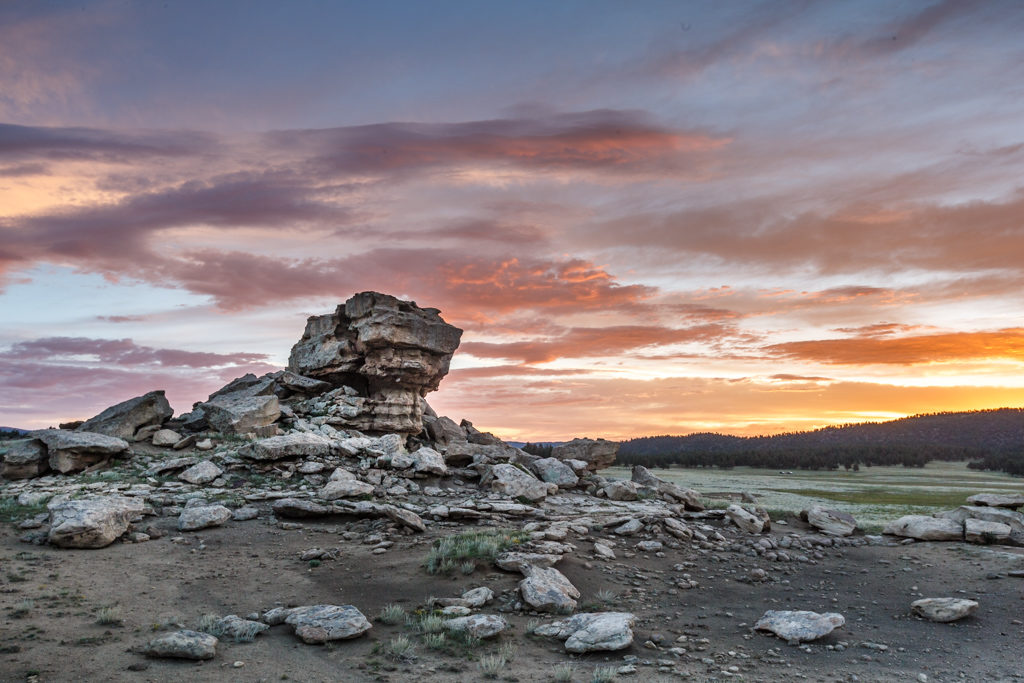
Just when I start to get lost in my imagination of these bygone days, Doug points to another historic landmark – a stagecoach path where passengers once traveled southward from Colorado into New Mexico. “There is one more place you need to see. It used to be a thriving small town, but today, I guess it can better be described as a ghost town”, he says in earnest, leading us through a forest of Ponderosa pines into an open grassy clearing where a row of large adobe brick structures shaped like giant beehives stand tall against the sky. They are, Doug explains, historic kilns for charcoal production by the Catskill community, which thrived here briefly in the late 1800s until the timber they used to make the charcoal became sparse and the connecting railroad ceased service, leaving the community cut off from the outside world. The town was abandoned and today the kilns stand in solitude – keepers of the community and its secrets.
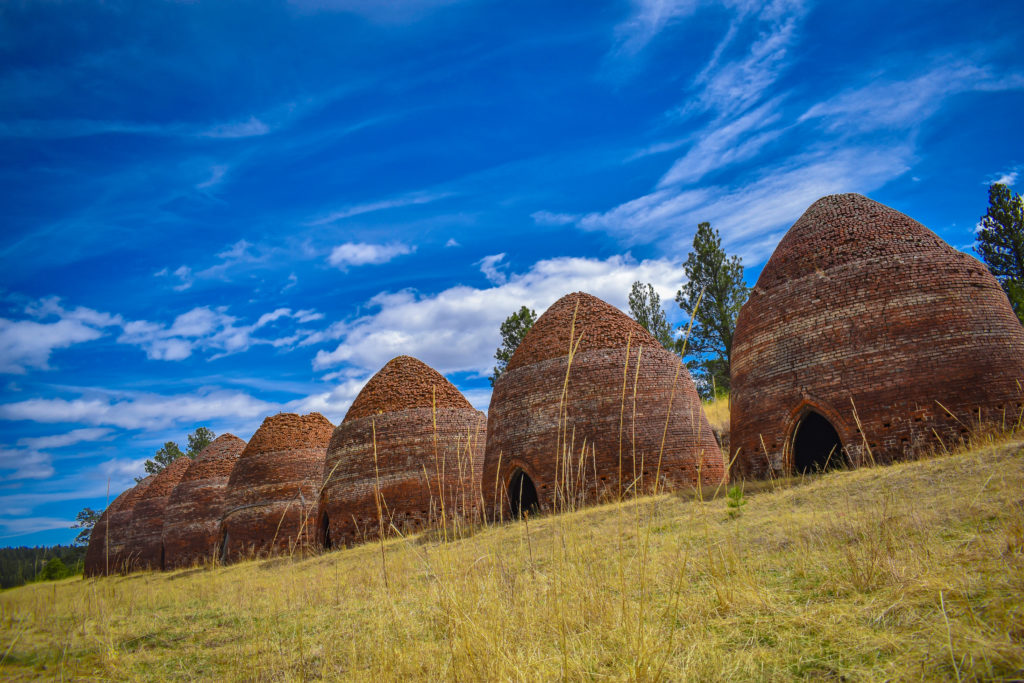 Upper Charcoal Kilns
Upper Charcoal Kilns
Settling beneath a shaded tree, Doug reflects on the long legacy of cowboys in the Southwest with nostalgia and he takes pride in having earned himself the respected title of ‘Vermejo’s last true cowboy’ by locals and visitors alike. When our conversation turns to Ted Turner, Doug chuckles as he recalls how Ted wanted to replace all cattle with bison as part of his conservation work in helping to bring the iconic North American species back from the brink of extinction in the wild.
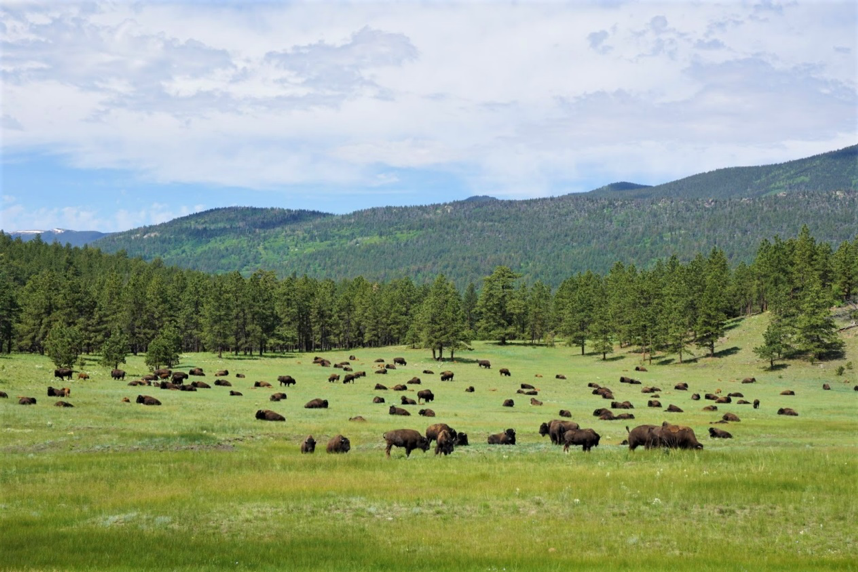 Bison in the Valley, photo by Nina Boys
Bison in the Valley, photo by Nina Boys
“We didn’t know how it was going to turn out, but here we are,” he says, gesturing towards a landscape dotted with grazing bison.
While Doug represents the end of one era, he also represents the beginning of another. From days gone by when he would gallop across Vermejo for cattle roundups, he now mostly tends to horses for a different cause: to help modern-day ecotourists explore the heritage of Vermejo on horseback, the way Doug believes the Southwest should be experienced. He finds happiness leading a new generation through the high country’s winding trails and crisp alpine air while sharing his cowboy stories along the way.
Nina Boys is a passionate traveler whose journeys have taken her across five continents to some of the world’s most beautiful natural and cultural wonders. Her blogs and travel articles have appeared in Virtuoso.com, Huffington Post and Roads & Kingdoms.